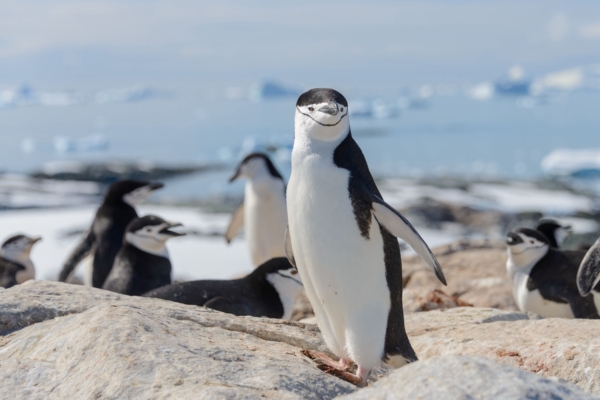We live on a vibrant and dynamic Earth, where biodiversity is the most precious wealth bestowed upon us by nature and serves as the material foundation for human survival and development. However, a new report reveals a drastic decline of over 70% in the global population of wild animals over the past half-century, with habitat loss being the primary cause of this alarming trend.
Released by the World Wildlife Fund (WWF) last Thursday (October 10), the “Living Planet Report” for the years 1970 to 2020 shows that the average population of wild animals worldwide has declined by 73%, a 4% increase from two years ago.
This conclusion is based on the latest “Living Planet Index” (LPI), which is an indicator of the health of nature. The latest LPI analyzed the largest dataset collected by scientists to date, covering nearly 35,000 populations of 5495 wild animal species globally, including amphibians, birds, fish, reptiles, and mammals. The results indicate a sharp decrease in the numbers of various wild animals, from elephants in tropical forests to hawksbill sea turtles near the Great Barrier Reef.
Freshwater species have suffered the most severe decline, with a reduction of 85%. This is followed by declines of 69% in terrestrial and 56% in marine species. Regionally, Latin America and the Caribbean have seen the most significant loss of animal populations at 95%, with Africa at 76% and Asia-Pacific at 60%.
The report highlights habitat degradation and loss as the greatest threats to wild animals, followed by overdevelopment, invasive species, diseases, and pollution.
Mike Barrett, the lead author of the report and Chief Scientist at the World Wildlife Fund, stated that human activities, especially “our ways of producing and consuming food,” are gradually eroding the natural habitats of animals.
The report also warns that ecosystem degradation and regional warming are rapidly pushing the entire planet towards irreversible tipping points. Once crucial ecosystems like the Amazon rainforest, Arctic, and oceans breach their balance points, the future could see further reductions in wild animal populations, leading to disastrous consequences for both nature and humanity.
The release of the report coincides with world leaders preparing to gather in Colombia for the United Nations Biodiversity Conference to discuss how to restore nature. So far, nearly 200 countries have committed to a milestone agreement reached in 2022, including the goal of protecting 30% of the world’s land and oceans by 2030. The World Wildlife Fund urges countries to formulate and implement more proactive biodiversity conservation policies.
Tanya Steele, the head of the UK branch of the World Wildlife Fund, told the BBC that the loss of natural habitats is pushing many ecosystems to the brink of collapse, and healthy ecosystems are directly linked to our health, prosperity, and well-being. This report serves as a warning to humanity once again.
She said, “We believe that it is not just the responsibility of ordinary citizens but also of businesses and governments. In order to ensure that future generations can also enjoy the benefits of biodiversity, we must protect our planet and its most precious natural resources.”

